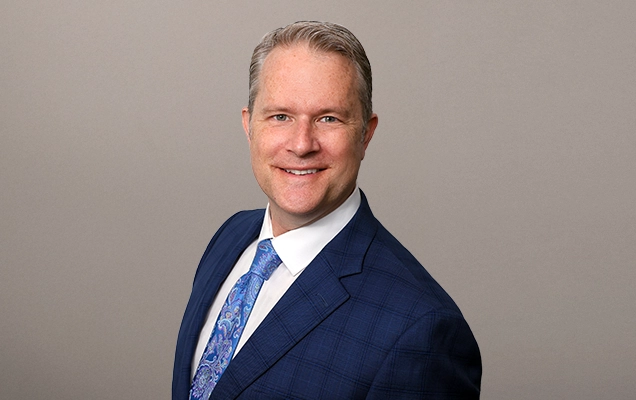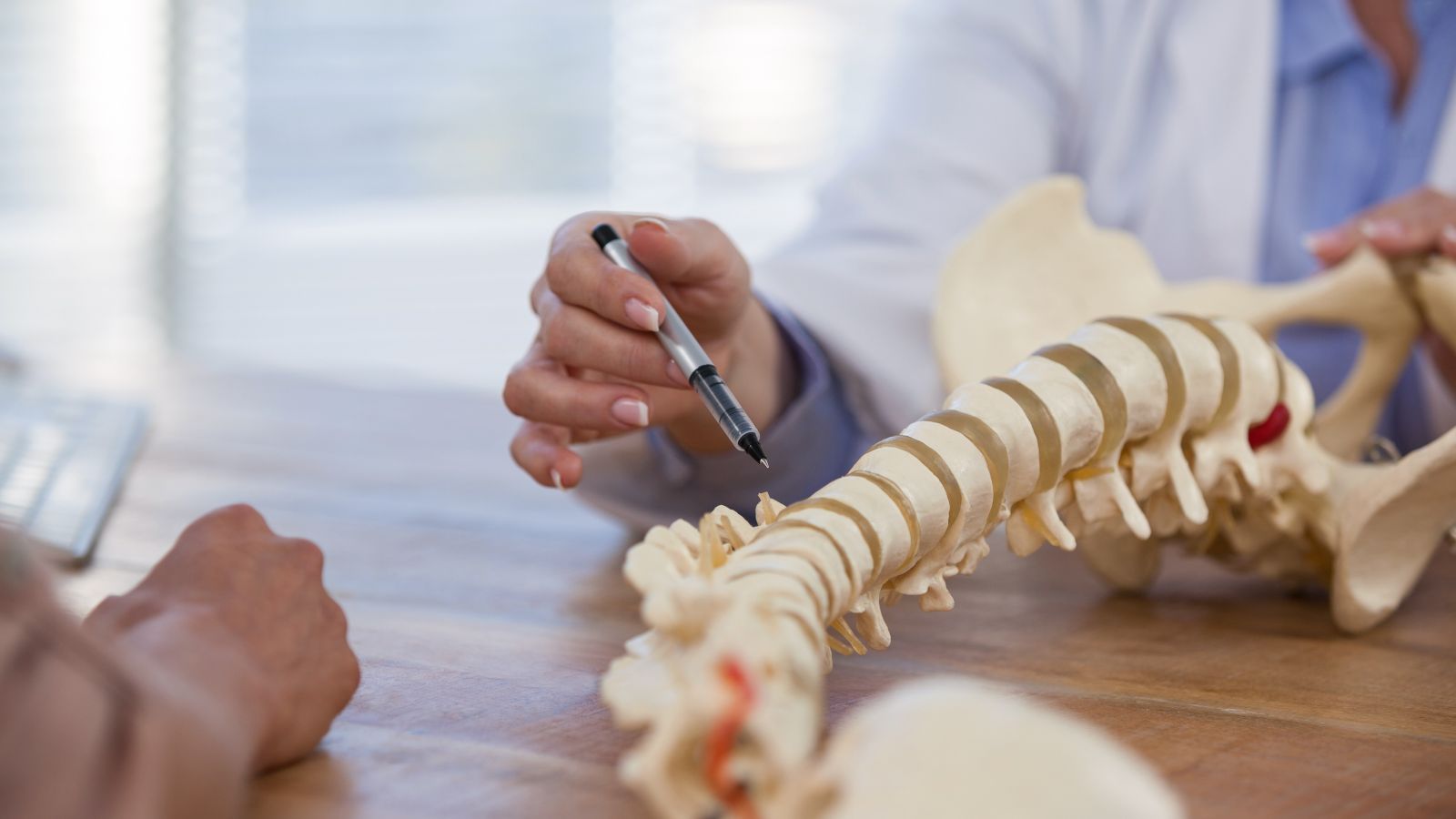
When the compression of the spinal cord causes symptoms, the syndrome is known as cervical spondylotic myelopathy. While conservative treatments can help manage mild to moderate cases, there are situations when this condition can escalate into a surgical emergency requiring immediate attention. We’ve created this guide to help you understand when to seek urgent care.





